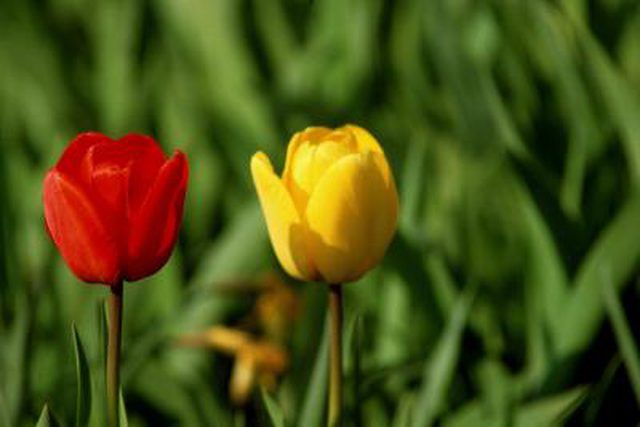Bulbs
Flower Basics
Flower Beds & Specialty Gardens
Flower Garden
Garden Furniture
Garden Gnomes
Garden Seeds
Garden Sheds
Garden Statues
Garden Tools & Supplies
Gardening Basics
Green & Organic
Groundcovers & Vines
Growing Annuals
Growing Basil
Growing Beans
Growing Berries
Growing Blueberries
Growing Cactus
Growing Corn
Growing Cotton
Growing Edibles
Growing Flowers
Growing Garlic
Growing Grapes
Growing Grass
Growing Herbs
Growing Jasmine
Growing Mint
Growing Mushrooms
Orchids
Growing Peanuts
Growing Perennials
Growing Plants
Growing Rosemary
Growing Roses
Growing Strawberries
Growing Sunflowers
Growing Thyme
Growing Tomatoes
Growing Tulips
Growing Vegetables
Herb Basics
Herb Garden
Indoor Growing
Landscaping Basics
Landscaping Patios
Landscaping Plants
Landscaping Shrubs
Landscaping Trees
Landscaping Walks & Pathways
Lawn Basics
Lawn Maintenance
Lawn Mowers
Lawn Ornaments
Lawn Planting
Lawn Tools
Outdoor Growing
Overall Landscape Planning
Pests, Weeds & Problems
Plant Basics
Rock Garden
Rose Garden
Shrubs
Soil
Specialty Gardens
Trees
Vegetable Garden
Yard Maintenance
How to Fertilize Tulips
How to Fertilize Tulips. Cold-weather friends, tulips (Tulipa spp.) are hardy bulbs that grow well in U.S. Department of Agriculture plant hardiness zones 3 through 8. Leaving the bulbs in the garden year after year to bloom every spring can often zap them of energy and they produce fewer and fewer flowers. Therefore, to help your tulips continue...

Cold-weather friends, tulips (Tulipa spp.) are hardy bulbs that grow well in U.S. Department of Agriculture plant hardiness zones 3 through 8. Leaving the bulbs in the garden year after year to bloom every spring can often zap them of energy and they produce fewer and fewer flowers. Therefore, to help your tulips continue blooming to their fullest potential, adopt a regular fertilizing schedule. Although a soil test would provide you with exact fertilizer specifications for your garden bed, you can also follow some general guidelines to help your tulips happily bloom in return.
Things You'll Need
Spade
Rake
Garden hose
Turn the soil 12 inches deep with a spade. Incorporate 1 1/2 pounds of an all-purpose balanced granular fertilizer, such as 5-10-10, 6-12-12 or 10-10-10, per 50 square feet of space. Do this just before planting your tulips, typically in the fall.
Spread 1 pound of the same all-purpose balanced fertilizer per 50 square feet around newly emerging tulip foliage in the spring. Then, gently scratch into the surface with a rake, brush off any fertilizer that landed on the foliage and provide 1 inch of water. Reapply the same amount of fertilizer in the same manner after your tulips are finished blooming.
Apply 2 or 3 inches of compost on top of the tulip bed each fall after you cut back the foliage. Compost not only helps insulate the soil, it also supplies the soil with a regular dose of nutrients as it decomposes throughout the year.
Tips & Warnings
Do not remove tulip foliage while it is still green. It provides the tulips with energy by photosynthesizing sunlight and storing the resulting nutrients in the bulbs.